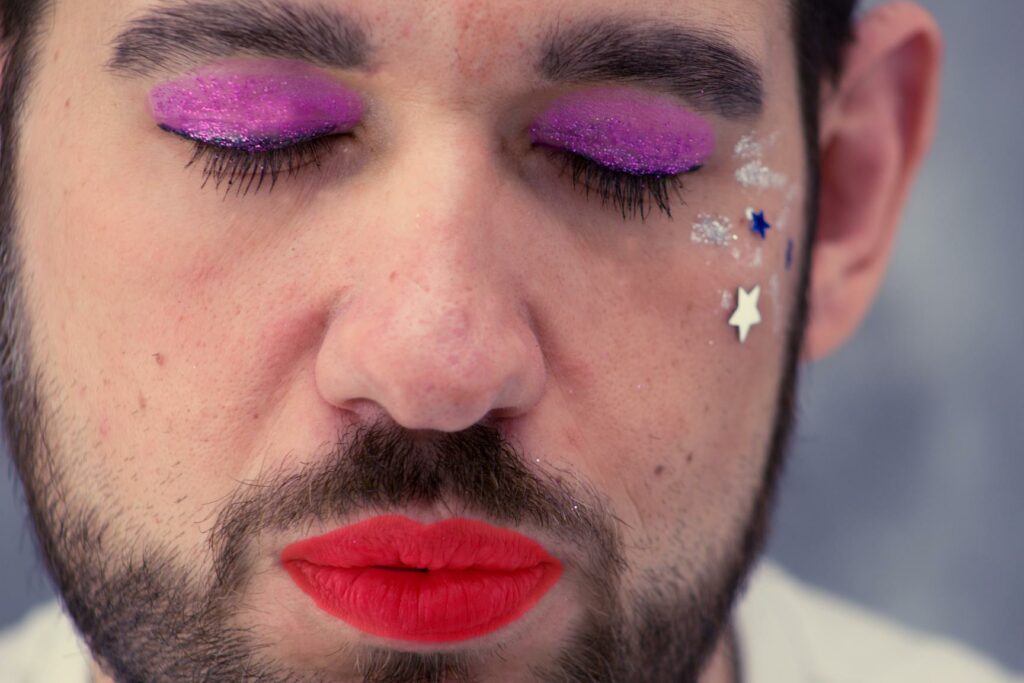The New York Times, the daily “bible” of liberal single-mindedness in the United States of America, is forced to admit that handing out hormones as if they were candy to teenagers suffering from so-called gender dysphoria is wrong and dangerous.
The Times admits this after Marci Bowers, a world-renowned surgeon who specializes in vaginoplasty, and Erica Anderson, a clinical psychologist in the Child and Adolescent Gender Clinic at the University of California, both transgender and prominent figures in the World Professional Association for Transgender Health (WPATH), a well-known professional organization that establishes the global standards for medical care transgender, sent the newspaper an editorial that explored this issue.
Initially, in fact, the article had been rejected, judged evidently not corresponding to the editorial line that is instead openly and unabashedly “affirming”, and the words of Bowers and Anderson had found space only in the interview with Abigail Shrier, author in 2020 of Irreversible Damage, an in-depth investigation of the spike in female-to-male trans-identifications of which “iFamNews” had reported on it at the time.
The risks of transition
Well, today even The New York Times is forced to come to terms with reality and admit that therapies, especially hormonal but obviously also surgical, applied to very young children, indeed to children of 10 or 11 years, constitute a risk and a danger. And that’s both from the perspective of physical integrity and psychological well-being. Intervening with massive and invasive treatments on the delicate balance between body and psyche, particularly sensitive in the age group, is a mistake that can lead to serious consequences, blowing up the sophisticated mechanism that regulates the whole person. Just the opposite of what you claim to want to achieve.
These consequences are physical, since such treatments often lead to irreversible loss of fertility, and psychological, up to self-harming or even suicidal behavior, as stated even for adults by some accredited clinical studies.
The adolescent chapter of the WPATH-published text containing the new guidelines for the treatment of gender dysphoria highlights all these risks and dangers, and the New York newspaper can only cautiously acknowledge them.
The new orthodoxy
What is striking in this whole affair is especially the mystification that has been carried on in recent years about the whole “package” concerning the increasing tendency of adolescents towards transition, the denial of the critical points that going along with such a transition presents, the obstacles placed instead in the way of many who, over time, realized that their bodies were not wrong at all and wanted to go back, making what is called de-transition. The case of Keira Bell, with its load of pain and desolation, is emblematic.
As Shrier states, there is, a distorted and false reading of the transgender phenomenon in the very young. “For nearly a decade,” she said, “the vanguard of the transgender rights movement – transgender physicians, activists, celebrities and influencers – has been defining the boundaries of the new orthodoxy surrounding transgender medical care : what is true, what is false, what questions can and cannot be asked.”
The author goes even further in denouncing responsibility: “They said it was the doctors’ job to help minors transition. They said it was not their job to question the transition and that anyone who did, including parents, was probably transphobic. They said that any concern about some sort of social contagion among the girls was nonsense. And they never said anything about the distinct possibility that blocked puberty, along with cross-sex hormones, might inhibit a normal sex life.”
LGBT movement members, according to Shrier, were not alone in this work of destruction: “their allies in the media and in Hollywood reported stories and created content that reaffirmed this orthodoxy. Anyone who dared to disagree or deviate from any of its core principles, including young women who had publicly resorted to de-transition, was inevitably vilified as a ‘hater’ and accused of harming children.”
The author goes on to state that “that new orthodoxy has gone too far.” Too far beyond the truth, too far beyond the reality, too far beyond the authentic protection of adolescents. Whether it can be stopped remains to be seen.
